How To Spot A Fake Surveillance Camera?
In today's world, surveillance cameras are ubiquitous, providing a sense of security and deterring potential criminal activities. However, not all surveillance cameras are genuine. Fake surveillance cameras, also known as dummy cameras, are often used as a cost-effective deterrent. While they may look convincing, they lack the functionality of real cameras. For those who rely on surveillance for security, distinguishing between real and fake cameras is crucial. This article will guide you through the process of spotting a fake surveillance camera, ensuring that you can make informed decisions about your security setup.
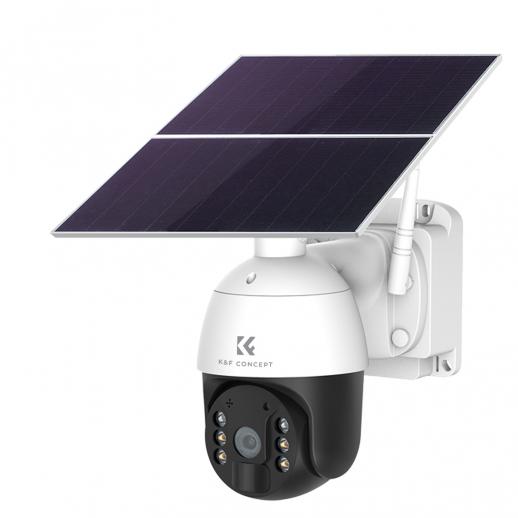
1. Examine the Build Quality
One of the most telling signs of a fake surveillance camera is its build quality. Genuine surveillance cameras are typically made from durable materials like metal or high-quality plastic. They are designed to withstand various weather conditions and potential tampering. On the other hand, fake cameras are often made from cheaper materials and may feel lightweight and flimsy.
Key Indicators:
- Material: Real cameras use robust materials, while fake ones often use thin plastic.
- Weight: Genuine cameras are usually heavier due to the internal components.
- Finish: Look for a professional finish. Fake cameras may have rough edges or visible seams.
2. Check for Wiring and Connectivity
Real surveillance cameras require power and data connections, which means they will have visible wiring or connectors. While some modern cameras use wireless technology, they still need a power source, often in the form of a cable.
Key Indicators:
- Wires: Real cameras will have power and data cables. Fake cameras may have no wires or only a single, non-functional wire.
- Connectors: Look for connectors that are typical for surveillance equipment, such as BNC connectors or Ethernet ports.
3. Observe the LED Lights
Many surveillance cameras come with LED lights that indicate their operational status or provide night vision capabilities. Fake cameras often have LED lights that are always on or blink continuously, which is not typical behavior for real cameras.
Key Indicators:
- Constant Blinking: Real cameras do not usually have constantly blinking lights.
- Night Vision LEDs: Genuine cameras with night vision will have infrared LEDs that are not visible to the naked eye. Fake cameras may have visible red LEDs.
4. Inspect the Lens
The lens is a critical component of any surveillance camera. Real cameras have high-quality lenses that are designed to capture clear images. Fake cameras may have lenses that are purely decorative and lack the necessary components to function.
Key Indicators:
- Lens Quality: Real lenses are made of glass and have a professional appearance. Fake lenses may look like cheap plastic.
- Adjustability: Genuine cameras often have adjustable lenses for focusing. Fake cameras usually have fixed lenses.
5. Look for Branding and Model Information
Authentic surveillance cameras are produced by reputable manufacturers and will have clear branding and model information. This information can be verified online to confirm the camera's authenticity.
Key Indicators:
- Brand Name: Check for well-known brands in the surveillance industry.
- Model Number: Look up the model number online to see if it matches a real product.
- Serial Number: Genuine cameras often have unique serial numbers for tracking and warranty purposes.
6. Evaluate the Mounting and Positioning
Real surveillance cameras are strategically mounted to cover specific areas and are often adjustable to change the field of view. Fake cameras may be mounted in less strategic locations and may not have the same range of motion.
Key Indicators:
- Mounting Hardware: Real cameras come with sturdy mounting hardware. Fake cameras may have flimsy or non-functional mounts.
- Positioning: Consider whether the camera is positioned in a way that makes sense for surveillance. Fake cameras may be placed in odd or ineffective locations.
7. Test for Functionality
If possible, test the camera to see if it is operational. Real cameras will have a live feed that can be accessed through a connected device. Fake cameras, obviously, will not have any functional output.
Key Indicators:
- Live Feed: Check if the camera provides a live video feed.
- Recording Capability: Real cameras often have recording capabilities. Verify if the camera can record and store footage.
8. Consult with a Professional
If you are still unsure about the authenticity of a surveillance camera, consider consulting with a security professional. They can provide expert advice and help you determine whether the camera is real or fake.
Key Indicators:
- Expert Opinion: A professional can identify subtle differences that may not be obvious to the untrained eye.
- Security Assessment: They can also assess your overall security setup and recommend improvements.
Spotting a fake surveillance camera requires a keen eye and attention to detail. By examining the build quality, checking for wiring and connectivity, observing LED lights, inspecting the lens, looking for branding and model information, evaluating the mounting and positioning, testing for functionality, and consulting with a professional, you can effectively distinguish between real and fake cameras. Ensuring that your surveillance system is composed of genuine, functional cameras is essential for maintaining security and peace of mind. By following these guidelines, you can make informed decisions and protect your property more effectively.









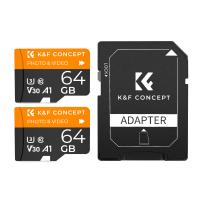

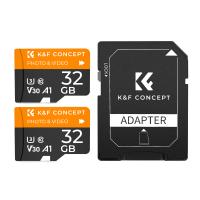
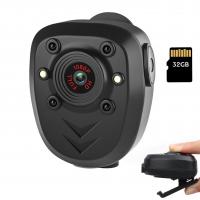

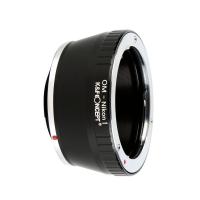
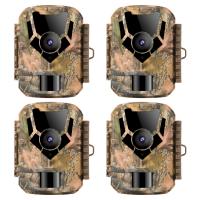

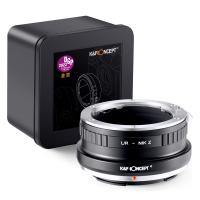

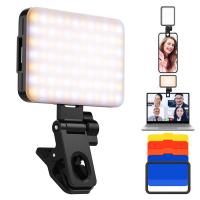
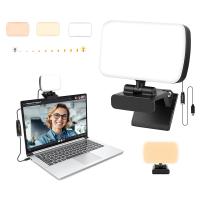
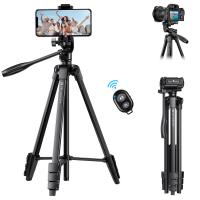




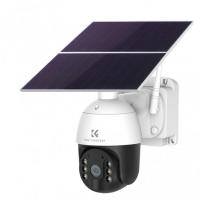

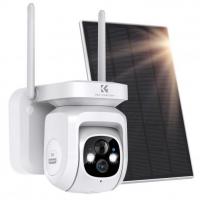



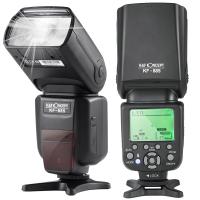






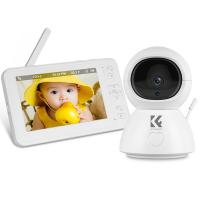
There are no comments for this blog.